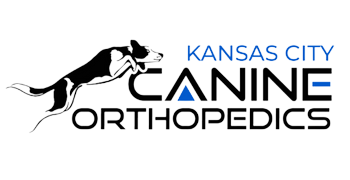Canine and Feline Open or Minimally Invasive Fracture Repair
Fractures can affect all bones of the body (e.g. tibia fracture, slab fracture, pelvis fracture, etc.), and come in all different types of fracture configurations that can vary in complexity. Some of these fractures can heal on their own using splints or casts, but most benefit from surgical re-alignment and stabilization. Below you’ll find some important concepts for owners to understand regarding pet fractures.
Fractured Bones in Dogs and Cats: Key Considerations
If you’re worried your pet has a fractured bone, here are some key things to keep in mind regarding the treatment, recovery, and well-being of your pet.
-
Urgent Fracture Care for Puppies and Young Dogs
When puppies experience fractures, especially involving growth plates, immediate treatment is essential. Growth plate injuries, like a puppy broken leg or an adolescent dog femur fracture, should ideally be surgically re-aligned within 48-72 hours to ensure the bone can grow correctly as the puppy matures. Delaying surgery can make realignment difficult and impact recovery, so it’s crucial to seek prompt care if you notice signs of injury in your puppy.
-
Adult Dog Fractures
In adult dogs, the timeframe for treating a fracture is not quite as urgent due to the absence of a growth plate, yet prompt treatment is still recommended. Stabilization of an adult dog fracture within five days of injury is ideal to ensure the best alignment and healing potential. While casts or splints can sometimes help manage some fractured bones in dogs and cats, surgical stabilization often leads to better outcomes, especially for complex fractures.
-
Challenges with Delayed or Non-Healing Fractures
If an initial treatment with a cast for a dog’s broken leg or other fracture doesn’t result in proper healing, surgery may become necessary to correct the fracture. Chronic fractures that haven’t healed properly can be more challenging and costly to treat, often with a lower chance of full recovery. Early intervention can save both time and resources, ensuring a smoother recovery for your pet.
-
Aftercare and Support for Pet Fracture Recovery
After surgery, it’s essential to follow proper aftercare to support healing. This may include restricting activity, managing pain, and providing proper nutrition to aid bone recovery. If you’re wondering what to feed a dog with broken bones or need guidance on how to care for your dog after a fracture repair, our team is here to help. We’ll also provide advice on monitoring for complications and what symptoms to look for in case of incomplete healing.
___________
In summary, early, surgical re-alignment and stabilization generally provide the best outcomes for a pet’s fractured bone. If you’re concerned about fracture surgery cost or want to learn more about cat and dog fracture treatment options, please don’t hesitate to contact us for opinions or guidance. We have extensive experience managing complex cases. Our team is here to help your pet recover safely and swiftly.
Veterinary Services
Below are all of the veterinary services we offer at Kansas City Canine Orthopedics. If you have any questions regarding our services, please feel free to call us.

